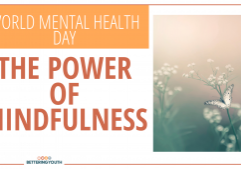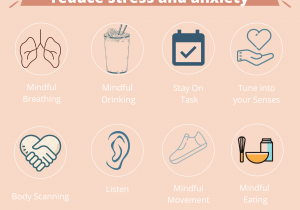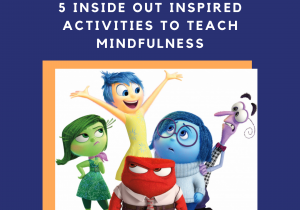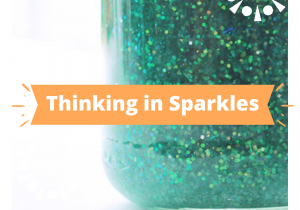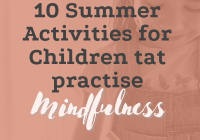What is mindfulness
Mindfulness is simply being present within a moment without judgement. ³³
While it’s become quite the buzzword over the past few years, the impact of mindfulness can’t be overlooked.
How does mindfulness work?
Mindfulness alters our brain’s structure by creating new pathways. This refers to our brain’s plasticity: the way it changes to adapt to new information.
The best example to demonstrate how mindfulness works to alter our brain to create new learning pathways is the study done on taxi drivers. The experiment looked at taxi drivers in London and observed that as they spent time learning all of the street names within a 6-mile radius of Charing Cross, their brain developed more grey matter. This increase in grey matter is the same increase observed in the brain of those who practice mindful meditation for as little as 8 weeks.³⁴
2 ways to practice mindfulness:
Formal Mindfulness encourages you to take time within your day to become present. This usually will have you close your eyes as you focus your attention on your breath or the sensations in your body.
Informal Mindfulness is when you (prioritise) bringing your full, non-judgmental attention to an activity you’re doing. This could be walking, playing, washing the dishes, or listening to a friend.
6 reasons working with Bettering Youth
supports children’s mental wellbeing:

Improve focus and productivity

Increase self-worth and confidence

Develop communication skills

Create a sense of calm

Reduce anxiety, and worries

Build resilience and a growth mindset
What this means in “real world” lingo:
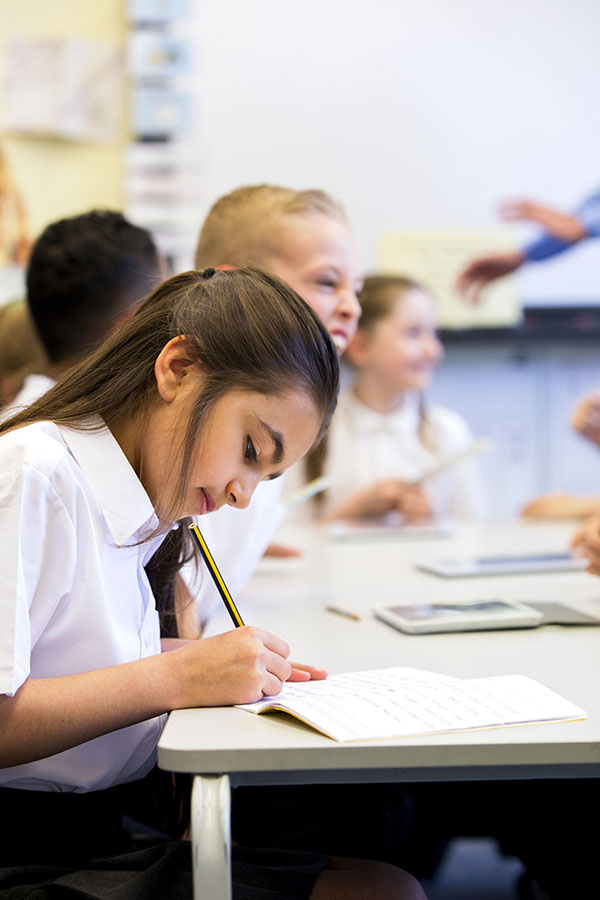
Benefits of Mindfulness
Higher levels of emotional control, optimism and empathy than students who were not instructed in the mindfulness span¹⁶
Fewer behavioural problems and aggression amongst students¹⁷
Improvement with metacognition and ability to maintain attention. These students also showed improvements in memory, planning and organisation¹⁸
Increased impulse control¹⁹
Mindfulness-based interventions have been linked with enhancements in well-being and self-regulation across a broad range of research and theory²⁰
Both meta-cognition and emotional well-being are highlighted as important learning themes within UK educational policy and curricula²¹, yet there are very few evidence-based school programs promoting meta-cognition which can be delivered by school teachers for younger children.²²
As we continue to learn that many adult diseases have their roots in childhood exposure to stress and trauma, it is essential to intervene with primary prevention strategies to reduce their negative effects among children and youth. This trial provides convincing evidence that high-quality school-based MBSR instruction for youth in urban public schools is feasible, acceptable, and leads to improvements in psychological symptoms, coping, and posttraumatic stress symptoms. Improvements in these domains may ultimately reduce the negative impact of stress and trauma experienced in childhood and adolescence and lead to significant positive shifts, when imagined over the life course.²³

